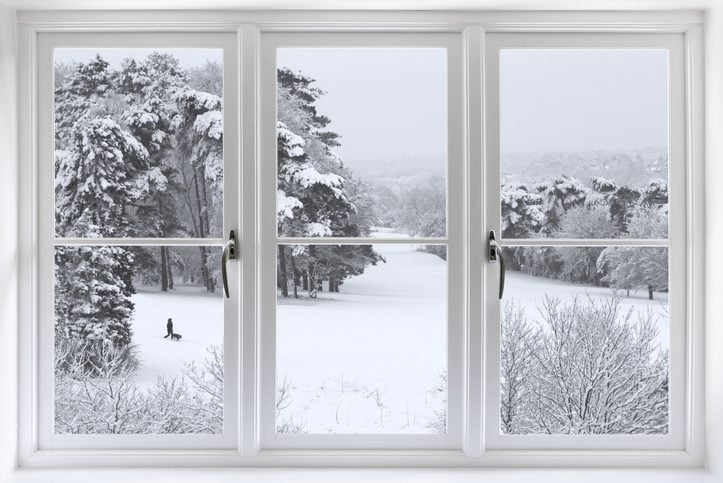Is your home winter-ready?

In 2019, the Insurance Information Institute reported that winter storms and cold waves caused more fatalities than any other kind of natural catastrophe, with property damages totaling over $7 billion. In preparation for the winter season, use this checklist to make sure your home is ready to tough out the cold while saving money and energy in the process.
- Clean up outside. Make sure leaves and other debris are totally cleaned out from your gutters, and move the downspouts away from your house to avoid icy roofs and siding. Cut down any tree branches that are within a couple feet of your house so that heavy snow and ice don’t pile up.
- Check your windows. If you notice any gaps around your window frames or doors, it’s time to seal them up. Use self-sticking weatherstripping or caulking to prevent the cold air from getting in.
- Secure the pipes. Since water lines can easily freeze, make sure to protect them this winter by insulating them. You can use either caulk, heating tape or foam-rubber sleeves to do this. If the temperature is dropping quickly, leave a faucet running cold water to help keep pipes from bursting.
- Add insulation in your attic. Many houses, especially older ones, don’t have adequate insulation in the attic. If your insulation is less than 10-14 inches deep, consider installing more to help keep the heat inside your home.
- Test smoke detectors. More fires occur during winter than any other season, with heating equipment playing a part in one out of six reports, according to the National Fire Protection Association. Make sure your smoke detectors have new batteries so they can keep you safe.
- Keep driveways and sidewalks clear. The National Floor Safety Institute reports that slips and falls account for over one million hospital visits in the U.S. each year, and many of these happen during the winter months. Most winter auto accidents occur in icy conditions, too. By salting your driveway and sidewalks before snow falls and keeping up with shoveling, you can prevent potentially fatal accidents.
- Have your heating checked. Clear out around your furnace and check the air filters, thermostat and hot water radiators to make sure everything is working correctly. It’s also a good idea to schedule an HVAC maintenance appointment before winter sets in to catch any issues you might have missed.
- Change furnace filters. Try to change the filters every two months in the winter to keep air running efficiently. Consider swapping your disposable filter for a longer-lasting reusable version to save money in the long-run.
- Take care of your refrigerator. Yes, even your fridge can use prep for the winter. Switching the appliance to its energy efficient setting can conserve energy. Also take a minute to clean the rubber gasket that seals the fridge doors closed. If you find that you can slide a piece of paper through it, it should be fixed or replaced in time for winter.
- Switch to a programmable thermostat. By doing so, you can determine what temperature setting keeps you comfortable while still saving the most money. If you decide to override this system, only change the temperature by a degree or two at a time to conserve energy.